Churchill’s Chemical Weapons: the Attack on Russia, 1919
The attacks began shortly after midday on 27 August, 1919.
A British plane could be seen descending rapidly towards the village of Emtsa in northern Russia. As it passed over the Bolshevik military positions, it dropped dozens of exploding metal canisters.

Attacks using chemical weapons took place from the air
The entrenched soldiers had been attacked from the air on several occasions, but they quickly discovered that this new offensive was a wholly different affair. As the canisters exploded, they emitted clouds of highly toxic green gas. Those unfortunate enough to inhale it immediately began vomiting blood.
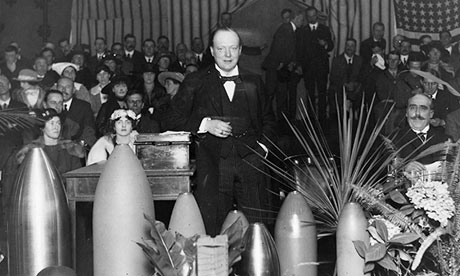
Churchill: a supporter of chemical weapons
Fully 94 years before the Syrian president, Bashar al-Assad used chemical gas against his own people, Winston Churchill planned and executed a prolonged chemical attack on Bolshevik-controlled Northern Russia.
As Secretary of State for War, Churchill had long been arguing for military action against Lenin’s Bolsheviks, much to Prime Minister David Lloyd George’s annoyance. ‘He has Bolshevism on the brain,’ he said, ‘[and] he is mad for operations in Russia.’
In the aftermath of the First World War there was no appetite for putting troops on the ground. But Churchill knew that scientists at the governmental laboratories at Porton in Wiltshire had only recently developed a devastating weapon.
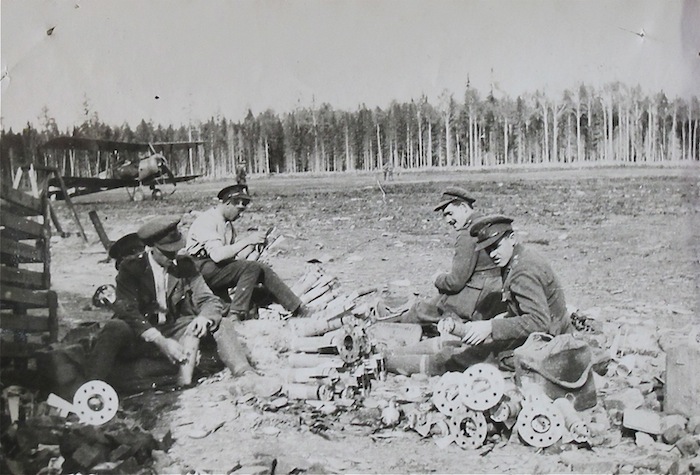
British soldiers assemble the M Device
The top secret ‘M Device’ was an exploding shell containing a highly toxic gas. The man in charge of researching and building the M Device, Major General Charles Foukes, called it ‘the most effective chemical weapon ever devised.’
Trials at Porton suggested that it was indeed a terrible weapon. Uncontrollable vomiting, coughing up blood and instant, crippling fatigue were the most common symptoms.
The overall head of chemical warfare production, Sir Keith Price, was convinced their use would lead to the rapid collapse of the Bolshevik regime. ‘If you got home only once with the Gas you would find no more Bolshies this side of Vologda.’
The Cabinet was deeply hostile to the use of chemical weapons against the Bolsheviks. But Churchill argued his corner with customary ebullience. Indeed he surprised his colleagues by advocating using the M Device against the rebellious tribes of northern India.
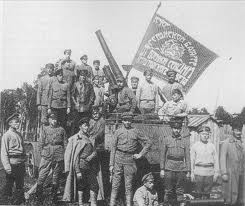
'Bolshies' - the Red Army
‘I am strongly in favour of using poisoned gas against uncivilised tribes…’ he declared in one secret memorandum. He criticised his colleagues for their ‘squeamishness’, declaring that ‘the objections of the India Office to the use of gas against natives are unreasonable. Gas is a more merciful weapon than [the] high explosive shell, and compels an enemy to accept a decision with less loss of life than any other agency of war.’
He ended his memo on a note of ill-placed black humour: ‘Why is it not fair for a British artilleryman to fire a shell which makes the said native sneeze?’ he asked. ‘It is really too silly.’
British aerial attacks using chemical weapons began with the aerial attack on the village of Emtsa, 120 miles to the south of Archangel. Fifty-three M Devices were dropped at lunchtime and a further 62 in the evening. The Bolshevik soldiers on the ground were seen fleeing in panic as thick green clouds of toxic chemical gas drifted towards them.
The British were keen to study the effects of this gas. To this end, they sent a small team of scientists to Russia in order to examine the victims of the chemical attacks.
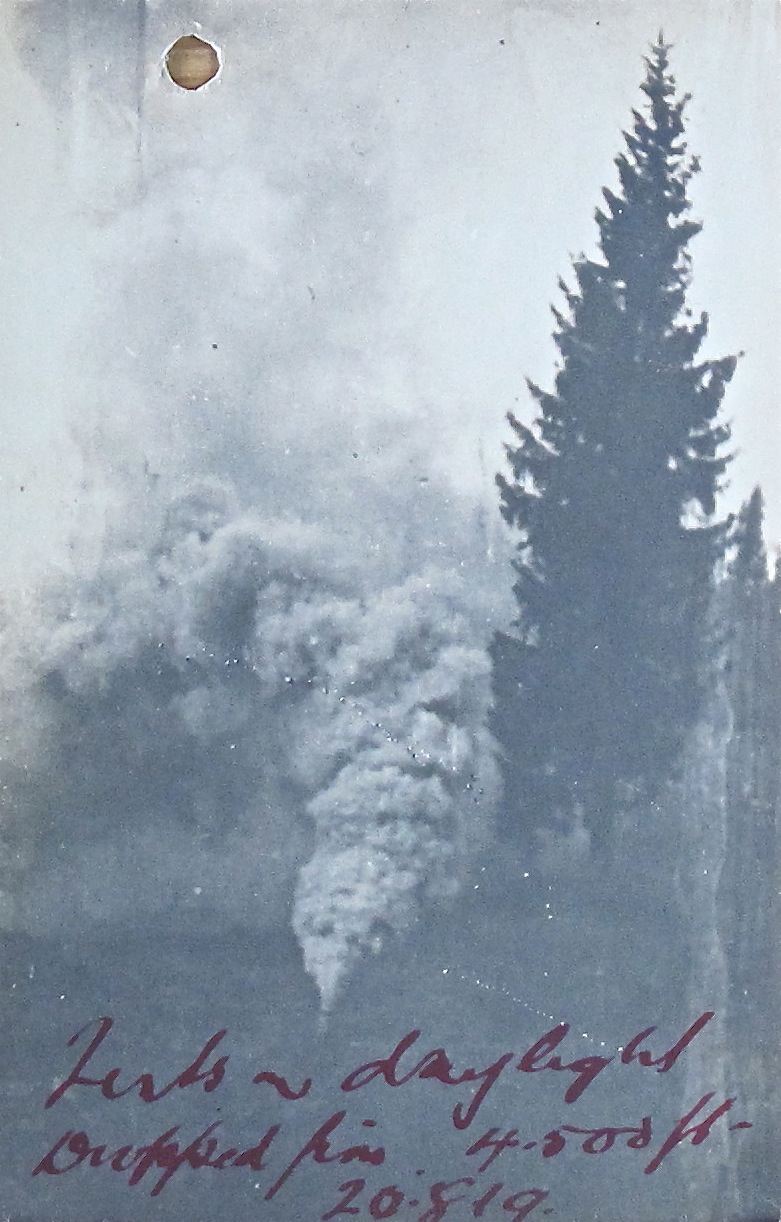
Rare picture of an M Device
exploding
Among them was a Russian soldier named Private Boctroff of the 49 Regiment. He escaped from the looming gas cloud, but not before inhaling some of its poison. Captured by the British, Boctroff described the instantaneous effect that the gas had on him.
According to British medical notes, he was ‘affected with giddiness in head, running from ears, bled from nose and cough with blood, eyes watered and difficulty in breathing.’
Private Boctroff reported that some of his comrades had been close to the spot where the M Device had landed. ‘[They] were overpowered in the cloud and died there; the others staggered about for a short time and then fell down and died.’
The chemical attacks continued throughout the month of September, with strikes on the Bolshevik-held villages of Chunova, Vikhtova, Pocha, Chorga, Tavoigor and Zapolki. Some of these attacks use large quantities of M Devices: 183 canisters were dropped on Vikhtova.
Once the gas had dissipated, British and White Russian troops (equipped with gas masks) were sent in to attack any remaining Bolshevik soldiers. One British lieutenant, Donald Grantham, later questioned Bolshevik prisoners about the attacks. They described their gassed comrades as ‘lying practically helpless on the ground and the usual symptoms of bleeding from the nose and mouth.’ In extreme cases, the men coughed up large quantities of blood.

British soldier with M Device
The use of chemical weapons caused widespread demoralisation on the battlefield, even amongst those who had not inhaled the gas. Yet they proved less effective than Churchill had hoped. They did not lead to the collapse of the Red Army, as he believed they would. The weather was primarily to blame. Toxic gas proved ineffectual in the damp conditions of an early Russian autumn.
By September, as British forces prepared to withdraw from Archangel and Murmansk, the chemical attacks were permanently stopped. According to a report written for the War Office, a total of 2,718 M Devices had been dropped on Bolshevik positions; 47,282 remained unused.
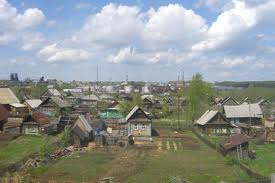
Villages like this were targeted
It was too dangerous to ship these remaining devices back to England. In mid-September, the decision was taken to dump them in the White Sea. A military tug took them to a position 30 miles north of the Dvina Estuary and they were tipped overboard.
They remain on the seabed to this day in 40 fathoms of water.
Giles Milton
Received from Irina Malenko
|



